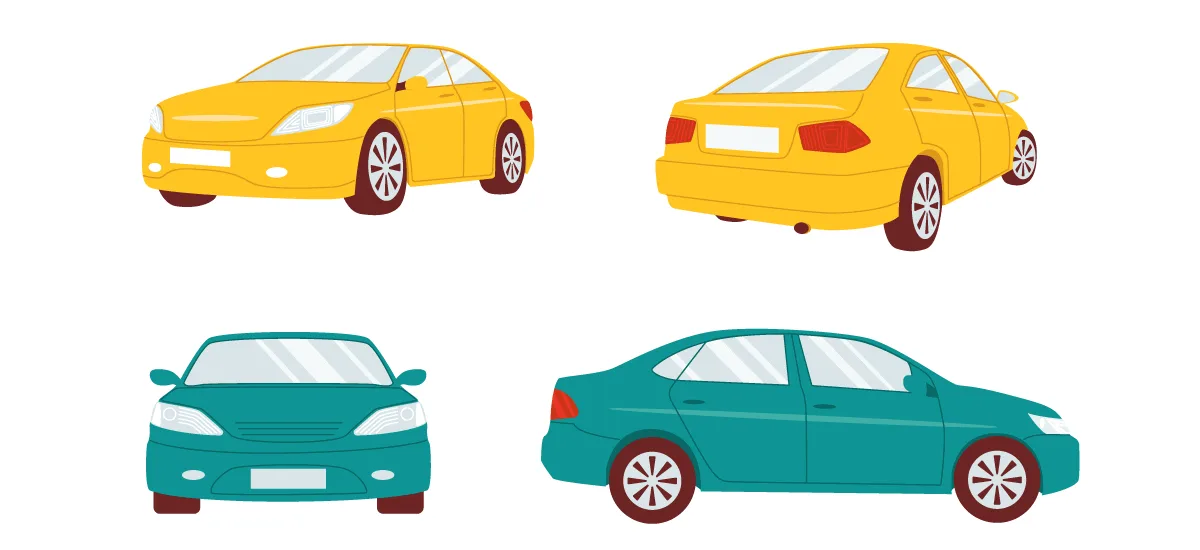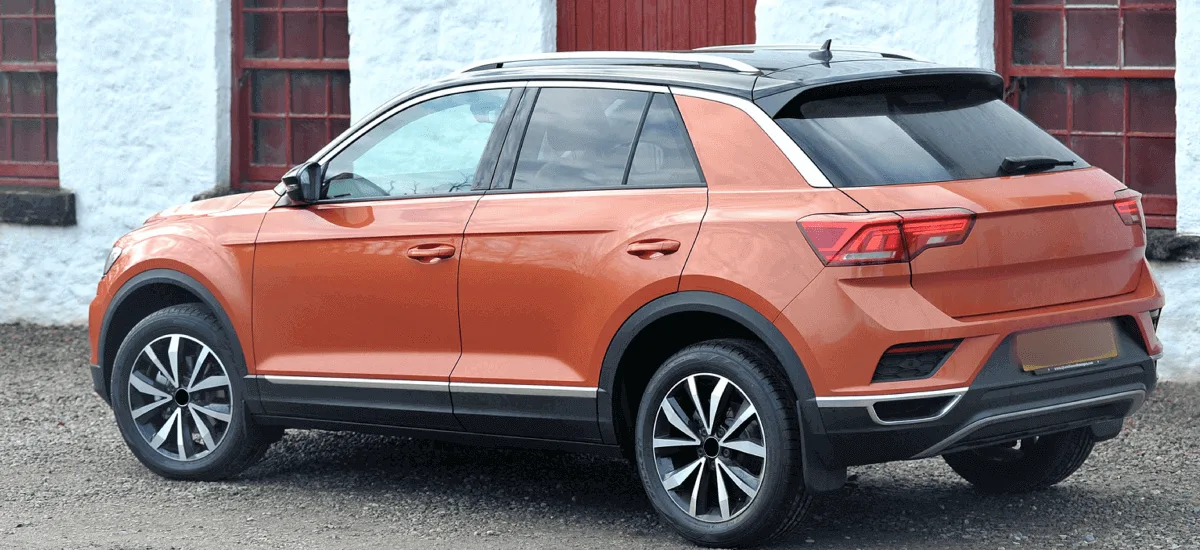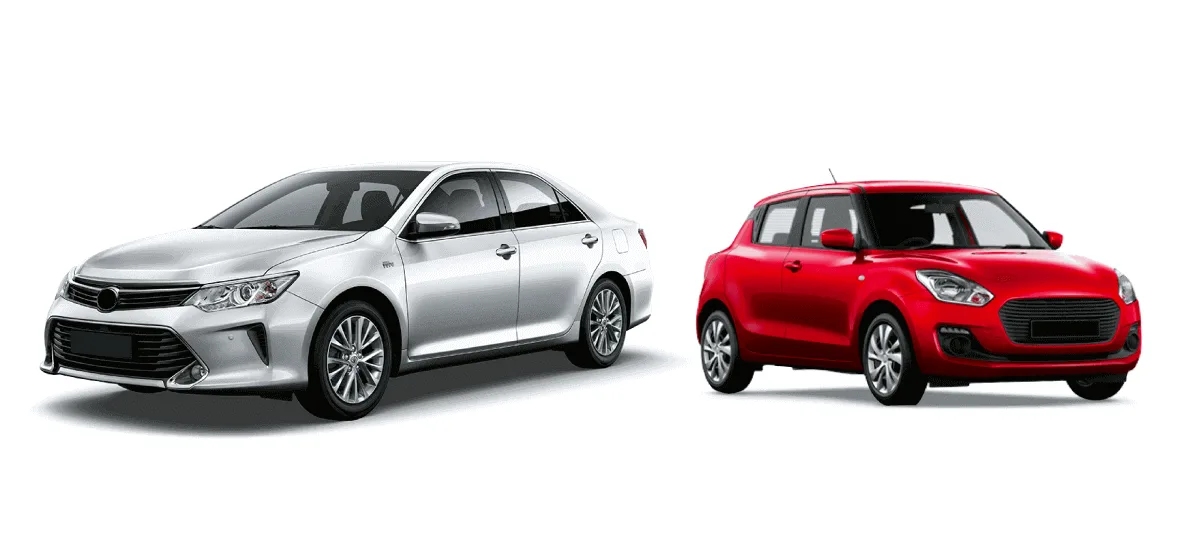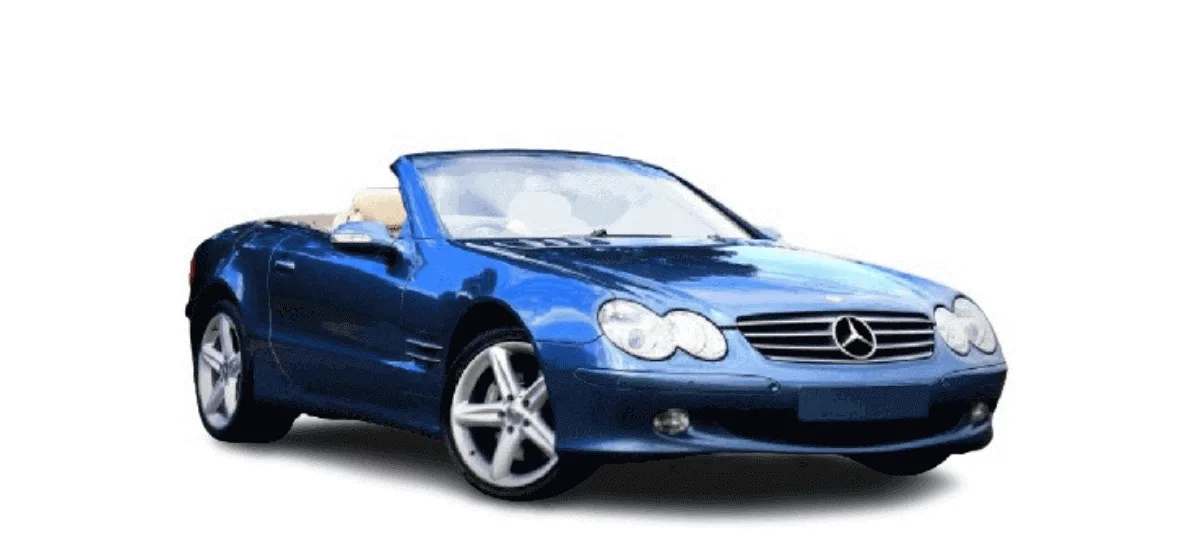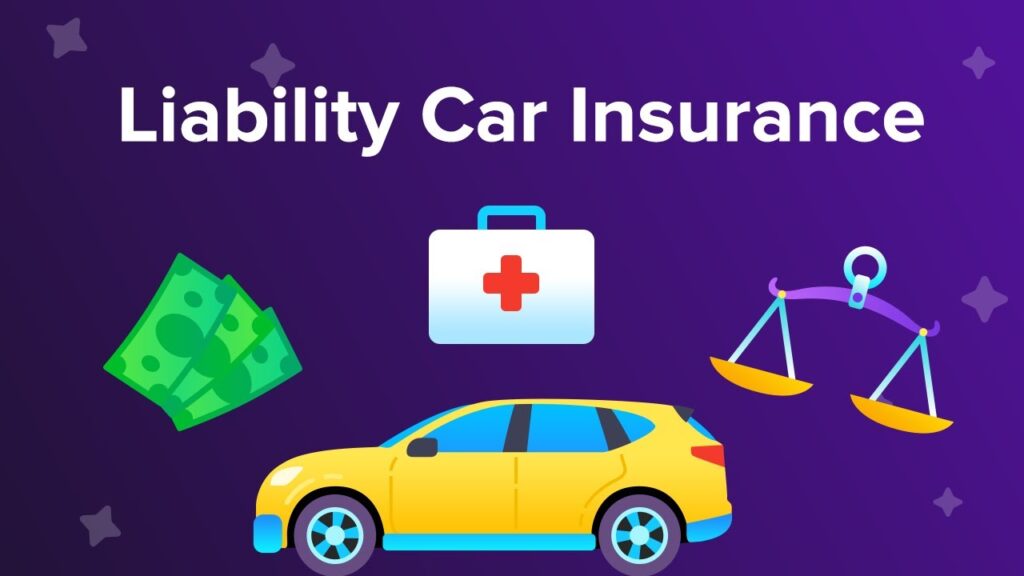
Liability car insurance is the part of a car insurance policy that provides financial protection for a driver who harms someone else or their property while operating a vehicle. Car liability insurance only covers injuries or damages to third parties and their property—not to the driver or the driver’s property, which may be separately covered by other parts of their policy. The two components of liability car insurance are bodily injury liability and property damage liability. Every state except New Hampshire requires drivers to have some degree of liability coverage.
Understanding Car Liability Insurance
Liability car insurance helps cover the cost of damage resulting from a car accident. In many states, if a driver is found to be at fault in the accident, their insurance company will pay the property and medical expenses of other parties involved in the accident up to the limits set by the policy.
In states with no-fault auto insurance, however, drivers involved in an accident must first file a claim with their own insurance companies regardless of who was at fault. In those states, drivers are typically required to purchase personal injury protection (PIP) coverage, which covers their accident-related medical expenses as well as those of their passengers.
Liability car insurance consists of two types of coverage:
Bodily Injury
The bodily injury liability portion of an car insurance policy covers an at-fault driver, so they are not liable for others’ emergency and ongoing medical expenses, loss of income, or funeral costs. It also helps cover the policyholder’s legal fees when the accident results in a lawsuit.
Property Damage
Property damage liability helps cover the costs of repairing or replacing the vehicles of other drivers involved in the accident. It also covers the damage done to other forms of property by the policyholder’s vehicle, such as fencing, mailboxes or buildings.
Liability Car Insurance Coverage Limits
Liability car insurance has dollar limits on each of its components, depending on the level of coverage you choose when you buy the policy. Those include:
Liability Limit for Property Damage
This limit is the maximum amount of coverage for damage done to property. Any costs that exceed the limit become the responsibility of the at-fault driver.
Liability Limit for Bodily Injury per Person
The per-person limit is the maximum amount that the insurance company will pay out for each individual who has been injured in an accident.
Liability Limit for Bodily Injury per Accident
The liability limit per accident is a financial cap for the total amount that the insurance company will pay for all of the individuals involved in an accident. In other words, the policy will cover medical expenses for those injured in an accident by the at-fault driver, but only up to an predetermined total. The at-fault driver would then be liable for any medical expenses above that limit.
Requirements for Liability Car Insurance
Each state sets a minimum for how much liability coverage a motorist must carry. For example, a state might require all drivers to have liability insurance that covers $25,000 for injuries to one person, $50,000 for injuries to multiple people, $50,000 for death of one person, and $10,000 for property damage1. Drivers can typically buy more liability insurance than their state’s required minimums, and it’s often smart to do so since medical bills can be very expensive.
If you have considerable assets to protect from a possible lawsuit, you may also want to consider buying an umbrella insurance policy, which can increase the liability coverage on both your auto and homeowners insurance policies to $1 million or more.
Example of Liability Car Insurance
Here is an example of how liability car insurance might work in a state without no-fault insurance. Let’s say the motorist had the following liability car coverage with their insurance company:
- Bodily injury liability limit per person of $60,000
- Bodily injury limit per accident of $150,000
The insured gets into an accident involving multiple people and is ruled at-fault for any damages.
- Person A has medical costs totaling $30,000
- Person B has medical costs totaling $40,000
- Person C has medical costs totaling $50,000
The at-fault driver’s liability would be covered in this instance because each person who was involved in the accident had medical expenses of under $60,000. Also, the total costs for everyone involved (except the at-fault driver) was $120,000, which is less than the per-accident bodily injury limit.
It’s important to note that some policies will not cover any expenses beyond the per-accident limit even if the per-person limits have not been exceeded. Using the example above, let’s say each person had medical expenses of $55,000. Although those individual costs all fall within the per-person limit of $60,000, the total cost of $165,000 is over the per-accident limit of $150,000. As a result, the at-fault driver would be liable for the additional $15,000.
Liability vs. Full-Coverage Automobile Insurance
In addition to the liability coverage your state requires, insurers offer coverage known as collision and comprehensive insurance. A policy with all three—liability, collision, and comprehensive—is sometimes referred to as providing “full coverage.” A full-coverage policy will cost you more than a liability-only policy, but it will also protect you against more financial risks.
Unlike property damage liability insurance, which covers another person’s car if you damage it, collision and comprehensive insurance cover your own car.
- Collision insurance helps pay to repair or replace your car if it’s damaged in an accident involving another vehicle or an object, such as a tree or a wall.
- Comprehensive insurance helps pay to replace or repair your vehicle if it’s stolen or damaged in an incident that’s not a collision. Comprehensive typically covers damage from fire, vandalism, or falling objects, such as a large tree limb or hail.
These two types of insurance are optional for vehicles that are owned free and clear. But if the vehicle is financed, the lender may require that you have them. The lender wants to protect the vehicle’s value since it serves as collateral for the loan. Even if you aren’t required to have collision or comprehensive insurance, you may want to buy it unless you could easily pay a major repair bill out of pocket.
Because many of these provisions can vary from state to state, it’s worth consulting a knowledgeable insurance agent or broker who is familiar with your state’s rules. It’s also helpful to compare car insurance rates to ensure that you’re getting the best deal on coverage.



